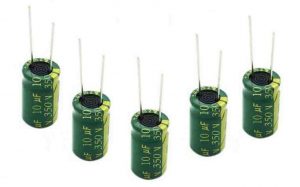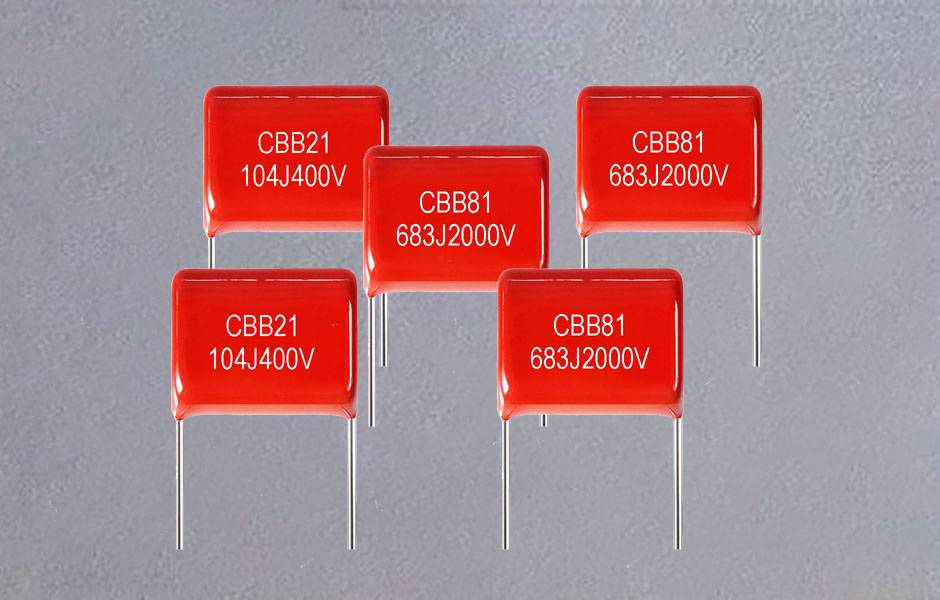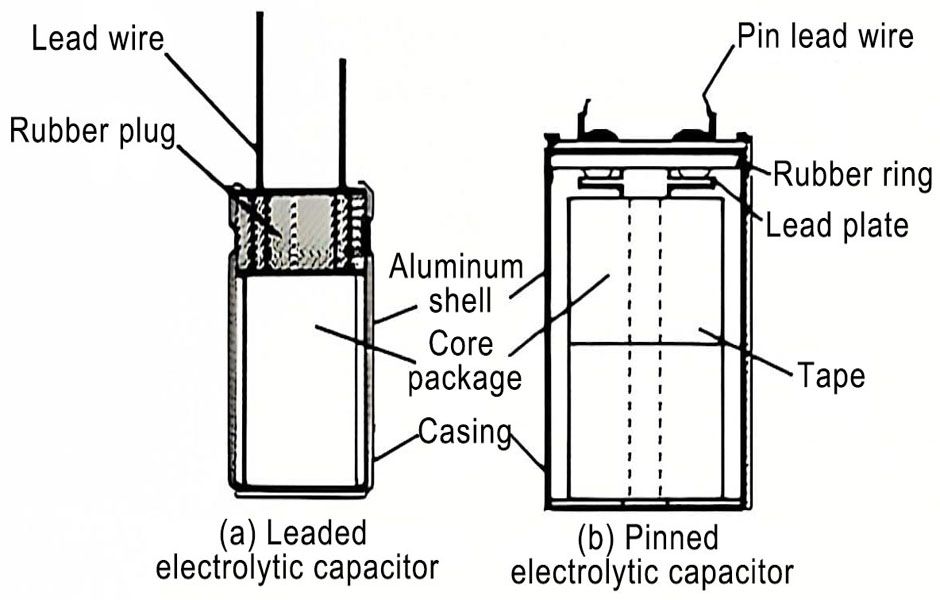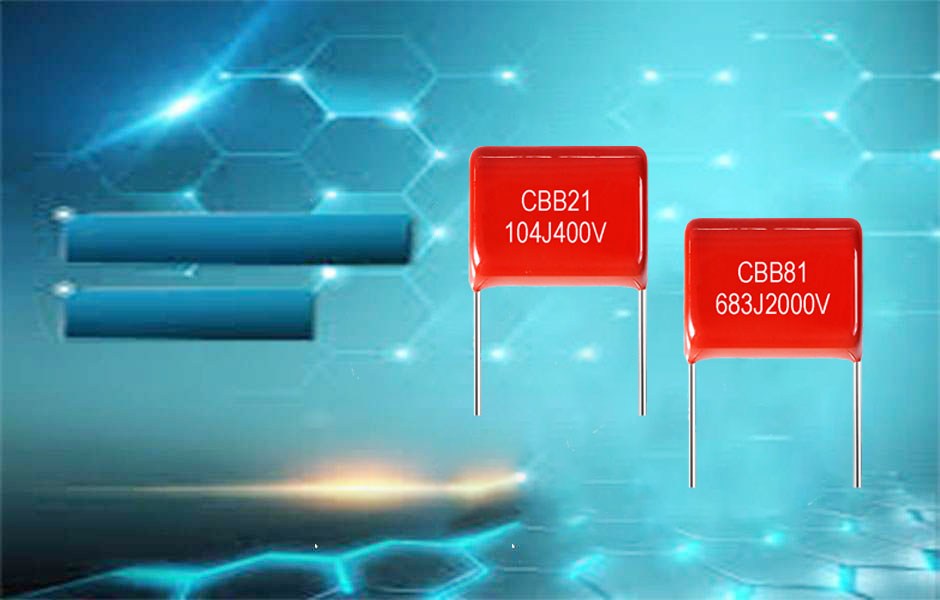Electrolytic capacitors are usually made of metal foil (aluminum/tantalum) as the positive electrode, and the insulating oxide layer of the metal foil (aluminum oxide/tantalum pentoxide) as the dielectric. Electrolytic capacitors are divided into aluminum electrolytic capacitors and tantalum electrolysis based on their positive electrodes. Capacitors. The negative electrode of an aluminum electrolytic capacitor is composed of a thin paper/film or electrolyte polymer impregnated with an electrolyte solution (liquid electrolyte); the negative electrode of a tantalum electrolytic capacitor usually uses manganese dioxide. Since the electrolyte is used as the negative electrode (note that it is distinguished from the dielectric), the electrolytic capacitor is named.

Polarized electrolytic capacitors usually play the role of power supply filtering, decoupling, signal coupling, time constant setting, DC blocking, etc. in power circuits or intermediate frequency and low frequency circuits. Generally, it cannot be used in AC power circuits. When used as a filter capacitor in a DC power circuit, the anode (positive electrode) should be connected to the positive terminal of the power supply voltage, and the cathode (negative electrode) should be connected to the negative terminal of the power supply voltage. , Otherwise it will damage the capacitor.
Non-polar electrolytic capacitors are commonly used in speaker divider circuits, television S correction circuits, and single-phase motor starting circuits.
Electrolytic capacitors are widely used in household appliances and various electronic products, with a large capacity range, generally 1~33000μF, and a rated operating voltage range of 6.3~700V. Its shortcomings are dielectric loss, large capacity error (maximum allowable deviation is +100%, -20%), poor high temperature resistance, long storage time is easy to fail.
The polarity of the electrolytic capacitor, pay attention to observe that there are “-” on the side of the electrolytic capacitor and “+” is the positive electrode. If the positive and negative electrodes are not marked on the electrolytic capacitor, it can also be judged according to the length of its pins. It is a positive pole, and the short leg is a negative pole.




